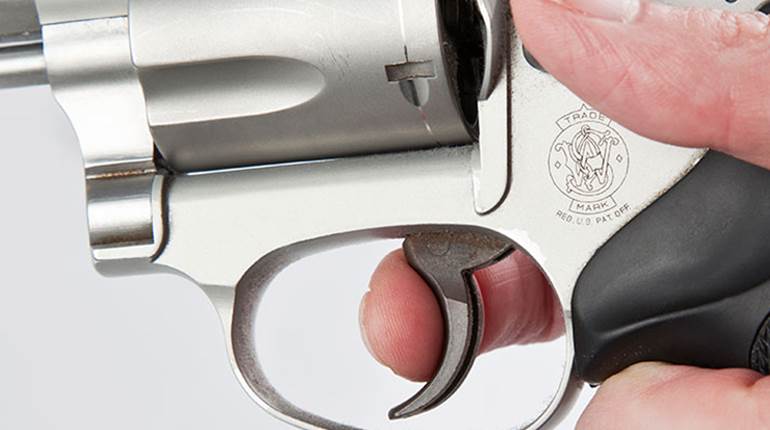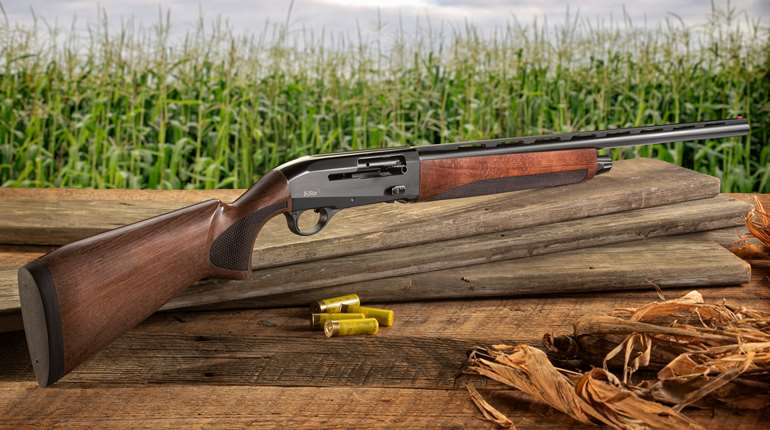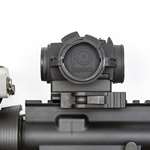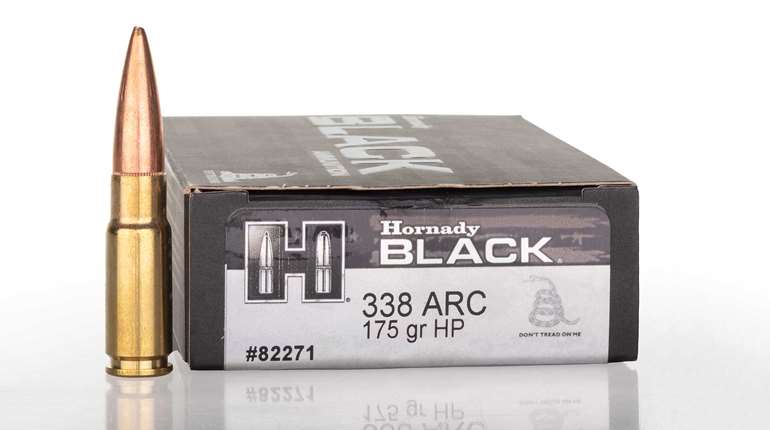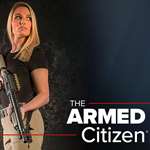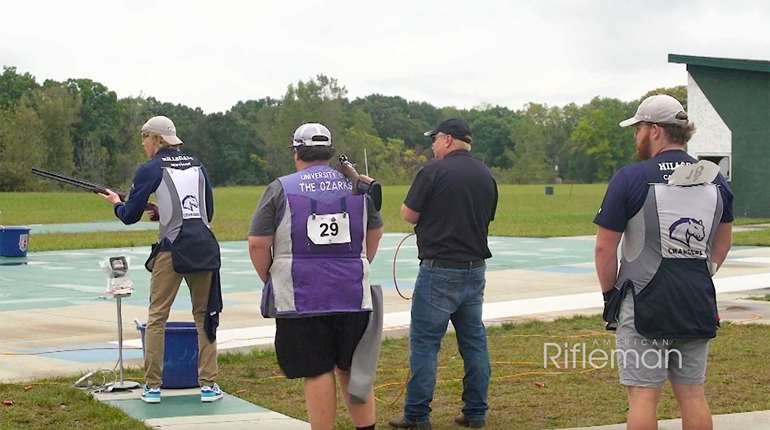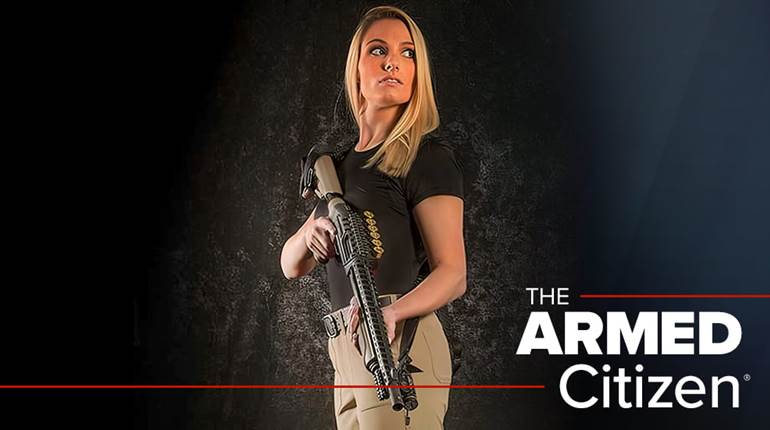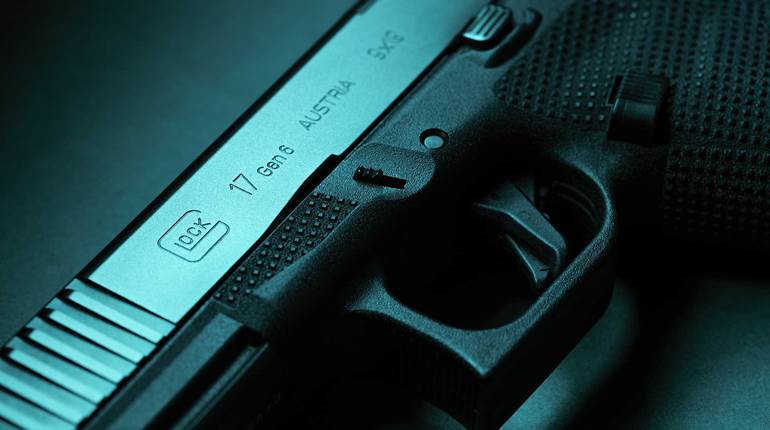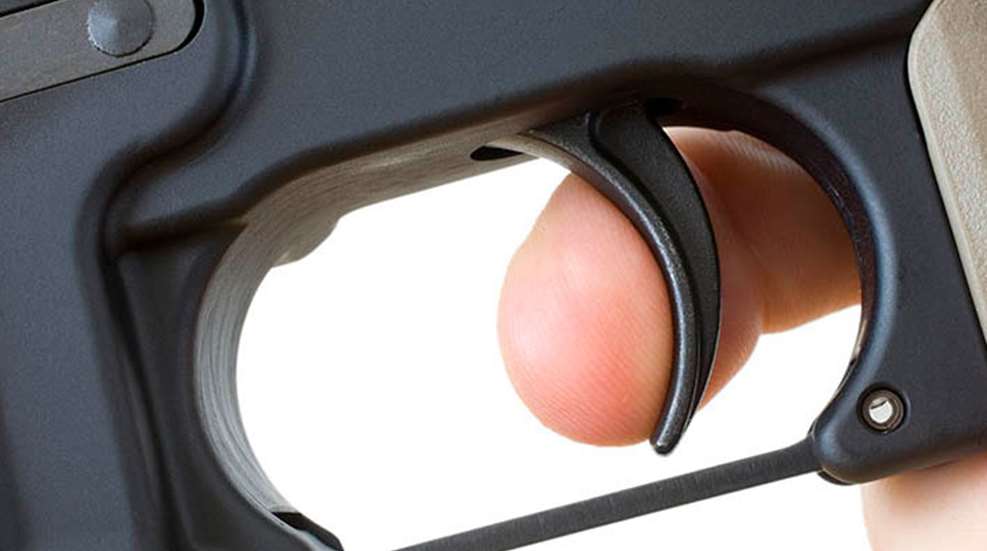
Their experiments attempted to determine how well humans could move one digit on their hand without moving the others. It didn’t focus on shooting, but when we move the trigger, our thumb—accustomed to years of working in tweezer-like concert with the index finger—often inadvertently applies point-of-impact-altering pressure to the pistol grip or rifle stock.
The scientists determined the ability to avoid the problem varies considerably and, “To some extent such intersubject variability may reflect differences in the long-term motor experiences of each subject,” they wrote. Those “long-term motor experiences” are what we call practice, range time, tickling the trigger.
As for the wisdom of slowing down and really squeezing, “Negative correlations—lower individuation indexes at higher movement frequencies—were found for all digits except the thumb.” So the faster you pull the trigger, the greater the accuracy-robbing pressure applied by the rest of your hand (with the exception of the thumb).
For the average test subject, the thumb was not immune to movement, however. “We found that even when asked specifically to move one digit without moving any other digits, normal human subjects produced low-amplitude motion in noninstructed digits simultaneous with the large-amplitude motion of the instructed digit.”
Why does it happen? Adjoining and shared muscles, tendons and tissue are part of the explanation, but there’s more at play according to the pair. “…[T]he motoneuron pools innervating different finger muscles receive considerable shared central input.”
None of this is earth-shattering news, and it should come as no surprise they found, “…the thumb and index finger showed the highest degrees of individuation and stationarity, i.e., the greatest independence.” It is, however, nice when science verifies the sage advice to practice and slow down your shots.
And, if you haven’t been practicing with your off-hand regularly, you’re officially out of excuses. “In strongly right-handed subjects, however, we found no evidence of a systematic difference in finger movement independence between the right and left hands in terms of either individuation or stationarity,” the researchers wrote. In fact, there may be a slight advantage in using the weak side for long-distance shooting. “Performing a separate paired comparison of the individuation indexes for each digit of the right versus left hand revealed a significant difference only for the thumb, where the individuation index was higher for the left, nondominant thumb than for the right.”













